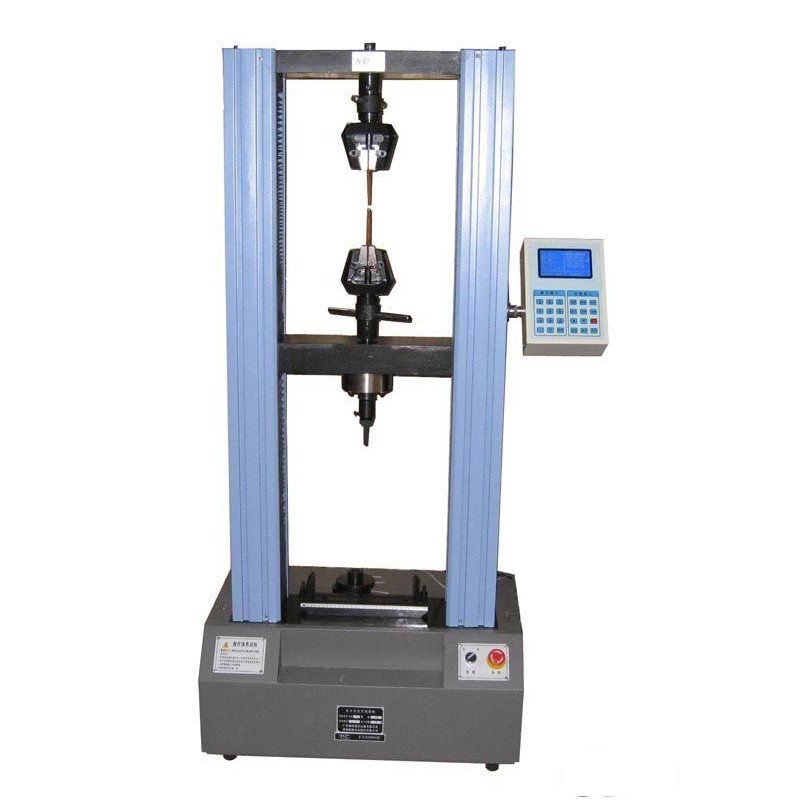Exploring the Accuracy and Innovations of Projector 9-Point Measurement Technologies in Manufacturing
The Essential Role of 9-Point Measurement in Projector Manufacturing
In the realm of projector manufacturing, precision is key. One crucial technique that ensures the accuracy and reliability of projectors is the 9-point measurement method. This technique is widely embraced by factories to enhance product quality, mitigate defects, and optimize overall performance.
Understanding 9-Point Measurement
The 9-point measurement technique involves evaluating a projector's optical performance across nine predetermined points on its projection surface. This methodology allows manufacturers to gauge various aspects of projector functionality, including brightness uniformity, color accuracy, and focus sharpness. By assessing these parameters at multiple points, manufacturers can achieve a comprehensive understanding of how a projector performs in diverse environments and under different conditions.
Why 9-Point Measurement Matters
1. Accuracy and Consistency One of the primary reasons for implementing a 9-point measurement protocol is to ensure accuracy. Regular measurement across nine points helps in identifying any discrepancies that may arise during the production process. This is crucial as even minor deviations can significantly affect the end-user experience, potentially leading to dissatisfaction.
2. Quality Control In an industry where competition is fierce, maintaining high-quality standards is essential for any projector factory. The 9-point measurement serves as a reliable quality assurance tool. Factories can identify and rectify issues early in the production line, thus reducing the likelihood of defective products reaching consumers.
projector 9-point measurement factories

3. Performance Optimization Each projector model is designed for specific applications, whether for home theaters, business presentations, or educational purposes. By employing 9-point measurement, manufacturers can fine-tune each projector to optimize its performance according to its intended use. This level of customization is vital for ensuring that the product meets the diverse needs of consumers.
4. Data-Driven Insights The implementation of a structured measurement approach allows factories to gather substantial data on their products. This data can lead to valuable insights regarding operational processes, helping manufacturers to identify trends, predict potential failures, and ultimately improve future designs. This iterative process fosters a culture of continuous improvement that is essential for long-term success.
5. Customer Satisfaction At the end of the day, the consumer's experience is paramount. By ensuring that projectors perform consistently across multiple points of measurement, manufacturers can guarantee that customers receive a product that meets or exceeds their expectations. Higher levels of customer satisfaction can lead to repeat business, brand loyalty, and positive word-of-mouth referrals.
Challenges of 9-Point Measurement
Despite its benefits, the 9-point measurement approach does come with its challenges. Implementing this method requires sophisticated measurement equipment and trained personnel who can correctly interpret the data collected. Additionally, as technology advances, manufacturers must keep pace with new digital tools and techniques to enhance the accuracy and efficiency of the measurement process.
Conclusion
The 9-point measurement method has emerged as a cornerstone of projector manufacturing. By prioritizing accuracy, quality control, performance optimization, and customer satisfaction, factories can not only enhance their product offerings but also strengthen their brand reputation in a competitive market. As the demand for high-quality projectors continues to rise, embracing this comprehensive measurement approach will be instrumental in driving innovation and excellence in the industry. The future of projector manufacturing looks bright, with 9-point measurement lighting the way.
-
The Role of Tensile Force Testers in Quality Control and Material Science
NewsAug.01,2025
-
Maintenance and Safety Tips for Aging Ovens
NewsAug.01,2025
-
Density Balance in Forensic Science
NewsAug.01,2025
-
Advanced Optical Measurement Technologies
NewsAug.01,2025
-
A Buyer’s Guide to Tensile Test Machines
NewsAug.01,2025
-
Why the Conductor Resistance Constant Temperature Measurement Machine Redefines Precision
NewsJun.20,2025
 Copyright © 2025 Hebei Fangyuan Instrument & Equipment Co.,Ltd. All Rights Reserved. Sitemap | Privacy Policy
Copyright © 2025 Hebei Fangyuan Instrument & Equipment Co.,Ltd. All Rights Reserved. Sitemap | Privacy Policy
